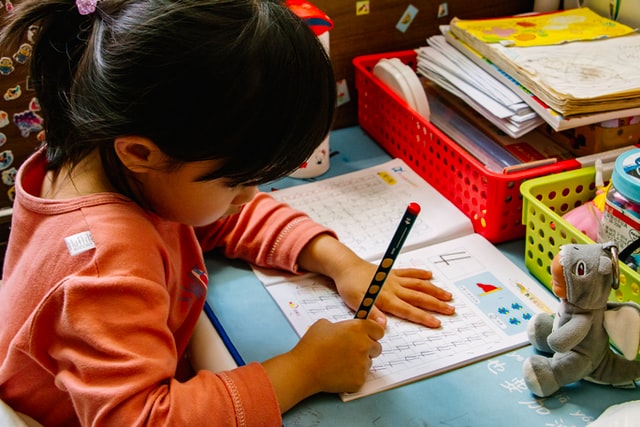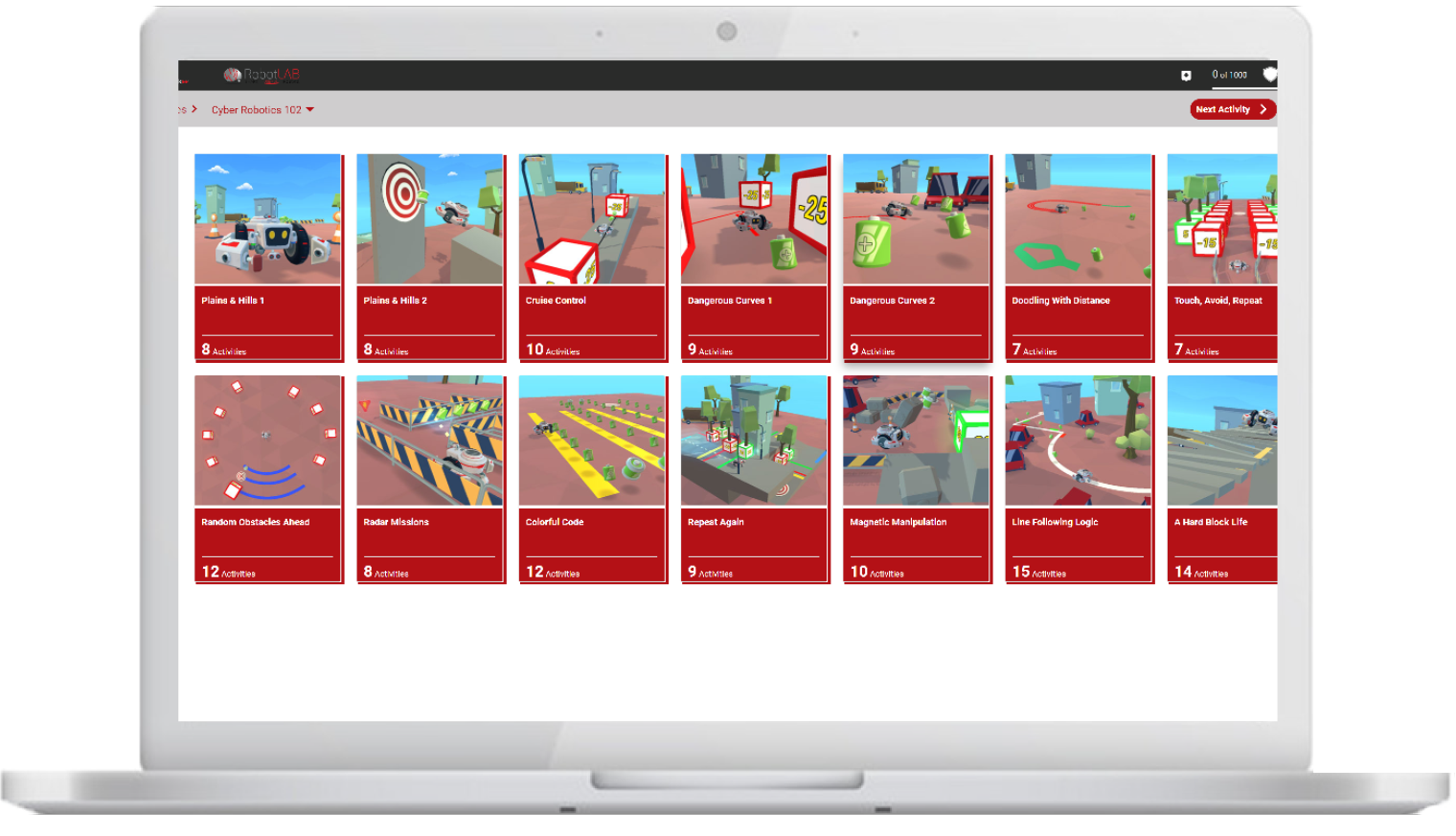 Photo by Jason Sung on Unsplash
Photo by Jason Sung on Unsplash
These easy-to-implement strategies can make science, technology, engineering, and math lessons come alive for elementary students.
In a STEM-centered classroom setting, my primary purpose is to create a space where students explore inquiry-based learning in a fun and innovative way by establishing a foundation for scientific thinking and ideas. I give my students opportunities to research, problem-solve, and collaborate with peers as they persevere through challenging tasks. When they work together, they engage in critical thinking skills and develop soft skills that are necessary both within and outside the school setting. This type of work doesn’t easily transfer online. Still, it’s my goal to provide students with what I call V.I.P. access to STEM through virtual learning experiences, intentional instruction, and presentations. Here are a few suggestions on how to teach STEM virtually.
VIRTUAL LEARNING EXPERIENCES
Currently, my students’ learning experiences consist of working with STEM experts and engaging in virtual field trips. I invite STEM experts to attend my online classes to discuss topics such as the coronavirus and how students and their families can stay safe. I also host a Week of STEM, where students talk to various STEM professionals. The experts create PowerPoint presentations and engage students in hands-on experiences. The students ask questions they prepared beforehand to gain insight into the topic and possible careers.
I use Skype a Scientist, various medical groups, and my personal network to find STEM experts to support student learning experiences. I also have a STEM professional, Dr. Nicco West, who serves as my mentor to assist with planning. In working with students of color, it is essential to invite professionals who look like them to motivate my students to pursue STEM-related fields. When my students engage in experiments virtually, I encourage them to wear lab coats, and I call them junior scientists to empower them as well.
My students go on virtual field trips that are free or low-cost to provide rich learning experiences during distance learning. Many museums are collaborating with schools to make this happen. These “trips” allow students to observe various artifacts and primary sources, making learning more meaningful. The Henry Ford website is one of my favorite online resources to assist with virtual field trips. I invite curators to speak to the students to share historical perspectives from exhibits in their respective museums. Inviting curators to share with students provides an additional opportunity to dig deeper into their understanding of various topics. For example, Julie Wertz, a conservation scientist at the Harvard Art Museums, talked about her role and engaged the students in a learning experiment.
INTENTIONAL INSTRUCTION
Primary school students have curious and creative minds. They’re always asking questions about the world around them, so they need to have a safe educational space to promote self-discovery. Students collaborate in groups to complete inquiry-based activities. They create questions to help launch their investigations. Then they use lab sheets to help guide their learning.
When students ask and answer questions, they are engaged in high-level strategies that support their knowledge acquisition. Questioning techniques help spark curiosity and exploration for students. Questioning also helps teachers to assess students’ understanding while promoting overall success. The students’ questions are recorded on a virtual direct question board, and the questions are maintained on a Google slide so that students can revisit them. Working in groups permits students to problem-solve, make observations, and develop 21st-century skills.
I provide students with research opportunities in various subjects, including animal life and climate change, through the use of books, articles, videos, and websites in order to gain more insight into scientific topics or concepts. I use the platform ClassDojo for students to complete activities to add to digital portfolios that track their work over time. I can select different learning modalities on ClassDojo, such as drawing, typing, completing a worksheet, or making a recording.
Along with questioning and research, my students engage in hands-on learning experiences. Some activities may require families to purchase materials up front. I provide advance notice of what’s needed and always consider the costs. My preference is for no-cost or low-cost activities. For example, I do a bird adaptation activity with my students that’s designed to teach them how birds’ beaks have changed over time to help them find food. It requires gummy worms, cheese crackers, a bowl of water, sunflower seeds, tweezers, a spoon, a toothpick, and a clothespin, objects that most students can obtain without too much trouble.
PRESENTATIONS
My students need to have opportunities to present their research using a virtual platform. Therefore, they present to the entire class or in small breakout groups of four or five students. If breakout groups are selected, I ask my parents, caretakers, grandparents, former students, or community volunteers to assist. It is important to monitor students, especially the younger ones, to keep them on track. These classroom helpers basically serve as facilitators and sometimes assist the students in completing the experiments. Another way my students present is through pictures or videos that can be displayed in their digital portfolios. At times, I compile their pictures in a PowerPoint presentation and permit them to discuss their project.
As we embrace a new way of learning, students can excel in STEM if provided the opportunity to be exposed to enriched, hands-on learning experiences. When students love STEM, they develop critical thinking skills that transcend all school subjects, and they consider possible careers in STEM-related fields. In these unprecedented times, we must continue to provide students with V.I.P. access to STEM education to inspire hope for the future.
Discover more online Resources with RobotLAB!

CoderZ is an online educational environment that improves students 21st century skills, while they are having fun programming their own virtual cyber robot. CoderZ and RobotLAB has different lessons to do at home! Check them out Here

